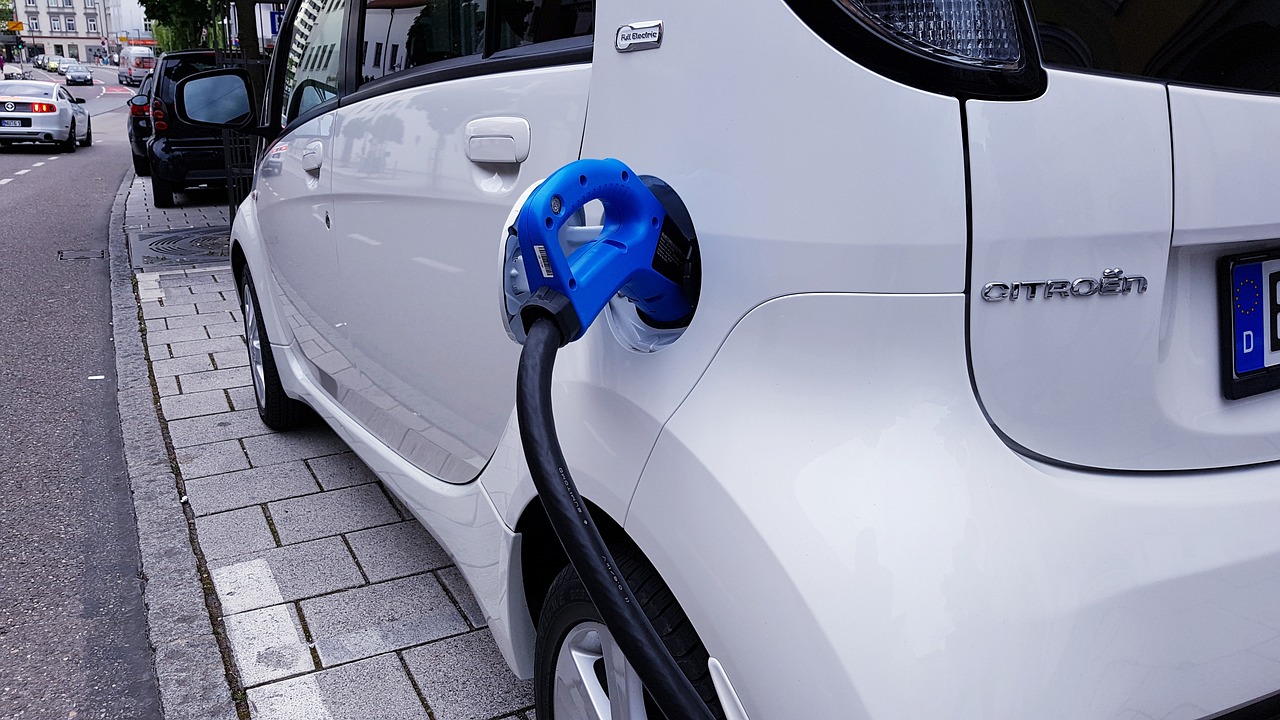Charging cars at home at night is not the way to go, study finds

According to a recent study conducted by Stanford University, it appears that the majority of electric vehicle (EV) owners are charging their cars at home during the evening or overnight. However, this approach may not be the most efficient or sustainable in the long run. The researchers at Stanford have developed a model that predicts the demand for charging across different populations and factors, and they have applied this model to the Western United States.
Their findings, published in Nature Energy, suggest that if the current trend of residential, nighttime charging continues, the peak electricity demand in the region could increase by up to 25% by 2035, solely due to the rapid growth of EVs. This surge in demand could lead to high costs for generating and storing electricity. To mitigate these expenses and reduce greenhouse gas emissions, the researchers propose a simple solution: encourage EV owners to charge their vehicles during the daytime at work or public charging stations.
This shift in charging habits would not only alleviate the strain on the electric grid but also have significant policy and investment implications, especially in light of California's recent decision to ban gasoline-powered vehicles by 2035. The study's co-senior author, Ram Rajagopal, emphasizes the importance of utility rates that incentivize daytime charging and the need for increased investment in charging infrastructure for workplaces.
In California alone, there are currently 1 million EVs on the roads, accounting for approximately 6% of all cars and light trucks. The state aims to have 5 million EVs by 2030. However, if the percentage of EVs on the road reaches 30% to 40%, the grid will face considerable stress without significant investments and changes in charging behaviors. Building the necessary infrastructure requires substantial lead time and cannot be accomplished overnight.
Siobhan Powell, the lead author of the study, points out that the implications extend beyond California and the Western states. As EV adoption increases across the country, all states will need to reassess their electricity pricing structures and adapt to the changing demands on the grid.
Looking ahead, the researchers estimate that once 50% of cars on the road in the Western US are electric, which equates to about half of California's population, the region would require over 5.4 gigawatts of energy storage if charging patterns remain the same. This is equivalent to the capacity of five large nuclear power reactors. However, if there is a significant shift towards daytime charging at workplaces, the storage needed for EVs would decrease to 4.2 gigawatts.
This study highlights the importance of optimizing charging habits to ensure a more sustainable and efficient future for electric vehicles. By embracing daytime charging and investing in the necessary infrastructure, we can reduce the strain on the electric grid, minimize costs, and make better use of solar and wind power resources. As EVs continue to gain popularity, it is crucial for policymakers and utilities to prioritize these changes for the benefit of both the environment and the economy.
News
- 2023-07-20 Germany behind schedule on wind energy rollout: study
- 2023-07-20 Researchers propose a circular economy for rare-earth elements
- 2023-07-20 Researchers propose a circular economy for rare-earth elements
- 2023-07-20 Charging cars at home at night is not the way to go, study finds
- 2023-07-20 Charging cars at home at night is not the way to go, study finds